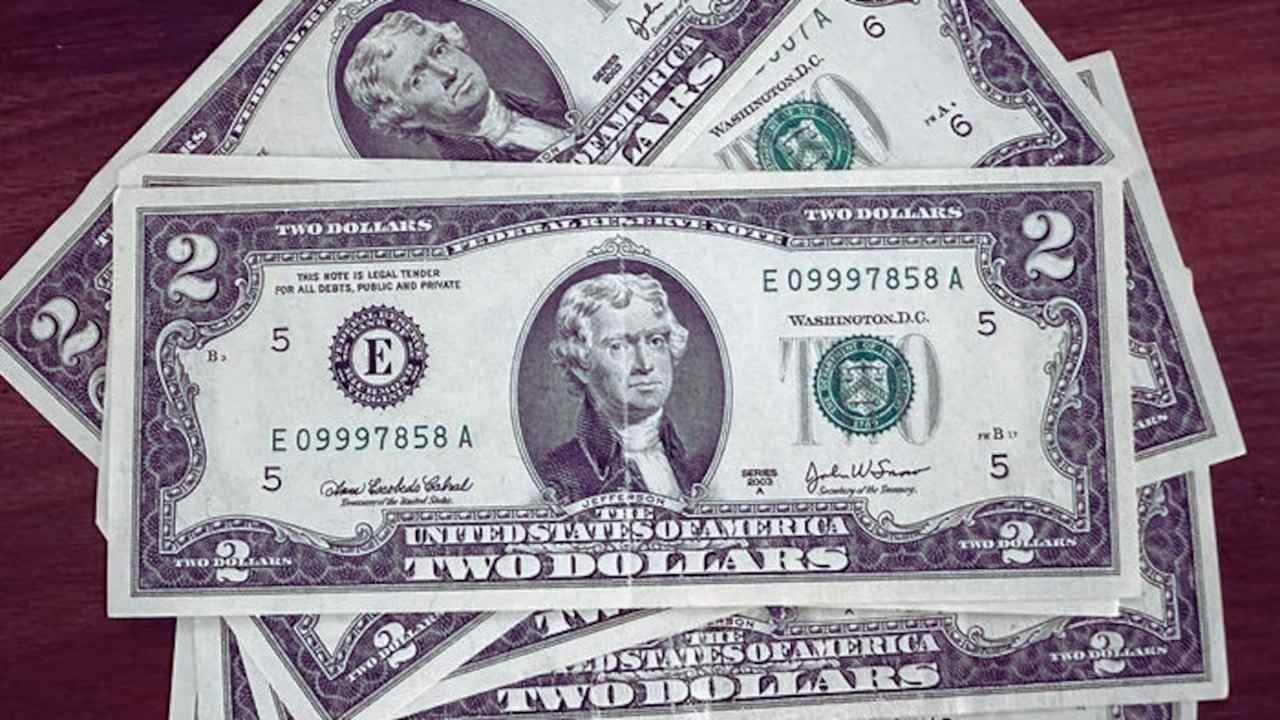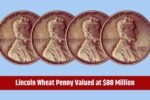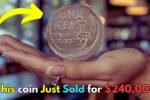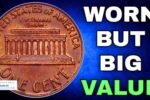Surprising Value in Your Pocket
Many people see the $2 bill as an odd piece of money—rarely seen in stores and often kept as a keepsake. But what if one of these “ordinary” notes is worth more than a fancy dinner out—or even a car? The buzz among collectors in recent months is about a 1976 $2 bill with a unique repeater serial number, a detail that could make it worth over $75,000 in the right market and condition.
Why the 1976 $2 Bill Is Special
The 1976 $2 bill marked America’s Bicentennial and stands out for more than just age. The note features Thomas Jefferson on the front, while the back shows John Trumbull’s famous painting, “Signing of the Declaration of Independence.” Produced from a sturdy cotton-linen blend, most of these bills were held onto by collectors, but they remain legal tender and still pop up in circulation, often ignored by the public.
The Real Magic: Repeater Serial Numbers
The biggest factor behind sky-high value is the bill’s serial number. A “repeater” serial number repeats a sequence (like 37373737), and these are highly prized among collectors because of their rarity and eye-catching pattern. Even more common fancy numbers, like “ladders” (12345678) or “radars” (12344321), can bring in big bucks, but repeaters are special. The odds of finding a true repeater on a 1976 $2 bill are extremely low, which is a big reason for their value. According to experts, a standard repeater serial has a one in 10,000 chance of showing up on any bill, making it one of the more sought-after patterns.
Value Factors for a 1976 $2 Bill
While most 1976 $2 notes are worth $2 to $20, those with unique features bring much more. Here are the main things that boost the value:
Condition: Crisp, uncirculated bills always cost more than worn ones.
Serial Number: Rare patterns (repeaters, ladders, low numbers, star notes) matter most.
Errors or misprints: Mistakes during printing—like double serial numbers—can greatly increase worth.
Original bundles or “straps” of consecutive bills raise the price among collectors, too.
Collector’s Table: Value of 1976 $2 Bill By Feature
| Feature | Rough Value Range |
|---|---|
| Ordinary, circulated | $2–$3 |
| Uncirculated | Up to $12–$20 |
| Unique Serial (Repeater, etc) | $500–$75,000+ |
| Major Error | Up to $35,000+ |
Rising Demand for Fancy Serial Numbers
Repeaters aren’t the only valuable numbers. Collectors are also eager for bills with very low numbers (like 00000001), all the same digit (solid), or palindromic (same forward and back). Fancy serials have become their own hobby, as people hunt through stacks of fresh bills from the bank, hoping to get lucky. Sometimes, online auctions send prices far past what anyone might expect for a simple piece of paper.
What Should You Do?
If you discover a 1976 $2 bill in your wallet (or an old drawer), take a careful look at the serial number. If you find a repeating pattern, keep the bill safe and consider asking a currency expert for advice—it could mean a life-changing windfall. As collectors keep searching, it’s clear that sometimes, fortune really is hiding in plain sight.




